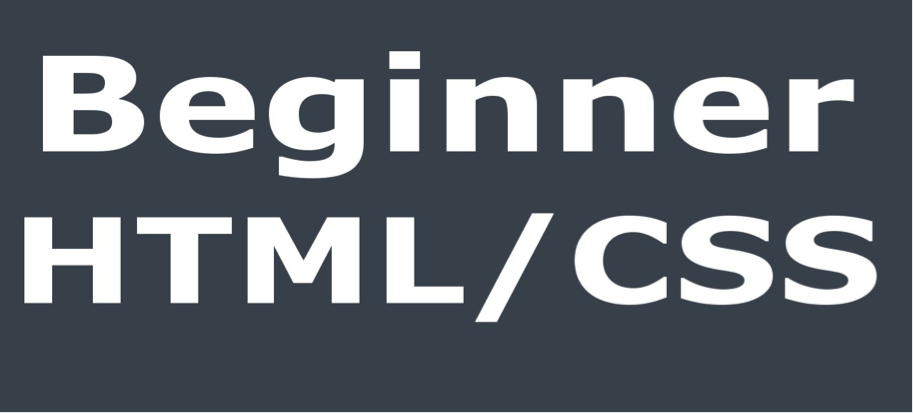Demystifying CSS and HTML Validation and Importance for Webmasters
HTML validation after design is a common practice. whether you’re using KompoZer, Dreamweaver or coding your HTML directly with simple text editor. But what really, is validation? Which free tools can you use for validation, and what challenges might you be likely to face as a new webmaster?
What is CSS or HTML Validation?
Validation is simply a technical term that describes the act of using computer programs to ensure that designed web pages are free from errors. A HTML validator specifically goes though the HTML code in the page to ensure that it adheres to the W3 Consortium standards.
There are a number of HTML validators; some only perform error-checking while others can go further to suggest improvements to your code e.g. where unexpected results could come about. For starters, you can use the online validator from W3 Consortium, which is available for free through this URL: http://validator.w3.org/.
In the same way, CSS validators examine your CSS sheets to determine whether they comply with W3 Consortium (W3C) standards relating to Cascading Style Sheets. A number can also define which browser supports which features in CSS – not all browsers are equal. For CSS, the W3C online validation tool is accessible for free at http://jigsaw.w3.org/css-validator/ .
Other free and premium validation tools serve different purposes, including specialized validators that can check code accessibility.
Why should you validate your code?
1. Compatibility checking
It’s one thing to create a webpage/site that works well on your choice browser, and completely different running the page in another browser. Because of inherent bugs and quirks, a CSS or HTML page can have errors in one browser but not the other, which means that a page might load properly in one browser but not another.
Another possibility is that you’re using a browser in which the bug/quirk has been fixed, but this won’t always be true for all viewers, causing the page to be broken for them. Validation can ensure the pages coded correctly according to standards, in order to work in different platforms and browsers, present both now and in future.
2.Search engine visibility
Browsers compensate differently for errors within their webpages. Some completely ignore broken elements, while some will assume what the webmaster wanted to achieve and give that. However, if a search engine crawls the page analyzing keywords, it’ll also draw its own conclusions about the errors present. This may mean that specific sections of the webpage or even entire web pages may end up not being indexed.
To secure greatest chances of indexing following a crawl by search engine bots, you must ensure that your page is completely free of errors, and validation helps with that.
Limitations of Validation

Validating a webpage is no assurance that the page will be displayed the exact way you want it to be. It only ensures that the page has no CSS and HTML errors. What’s the difference, you ask?
Consider this sentence in English: “Danny truck a has”. The grammar is obviously incorrect, and can be corrected by reordering the words to read “Danny has a truck”. However, what if you meant to say that he had a Sedan instead of truck? The syntax of the sentence would be correct, since all elements are presented in order. However, the sentence would have a different semantic meaning from the one you intended.
What CSS/HTML validators do is catch the first error demonstration. They will spot grammatical error equivalents in code, but will not catch semantic errors, where the representation of code is correct, but the code doesn’t execute what you intended it to execute.
Test your code in a web browser manually to find out whether every element has displayed in the exact way you need it. Depending on how complex your code is, it’s a good idea to carry out manual testing across multiple browsers, to ensure all elements render in the proper way.
What if you don’t know CSS and HTML?

If you don’t know how to use HTML or CSS, and only used a visual editor, you have another challenge to surmount. It’s no problem launching the validator and validating your webpage – in fact, the W3C validators don’t need installation before using.
The problem comes where the validator has found errors on the page. Without working knowledge of CSS and HTML, how will you be able to fix them? While there’s no complete solution apart from learning them, there are some things you can do.
- If you’re designing on editors such as Expression Web by Microsoft, Dreamweaver, BlueGriffon and KompoZer, it’s safe to assume that the code is error-free. This means that any errors found on validation arise somewhere else other than the code. If you added code from another website or carried out any manual modifications to the code.In certain cases, the error could be benign. These have slightly varying conventions that may/may not result in validation errors. This won’t be a problem for search engines, however.
- You can go online for solutions. For instance, copy-paste the validator error message onto Google to see whether another sites talks about it. You may or may not find a helpful solution, unless the error is a common occurring one.
- You can also just ask for help from your networks, either physical or online. It doesn’t come without its risks; you may end up with a bigger mess if the person you ask isn’t competent enough. On the other hand, you may require to pay a fee for the help. It just depends on the person you’re dealing with and on how competent he or she is.
- Last, you can choose to ignore the error. First, manually test the page using multiple browsers. If the site renders fine in the browsers despite the error, ignore it and hope search engines do, too.
Conclusion: how often should you validate?
This is really a matter of preference. Some designers validate if they make any major changes, others if they make any changes. It helps to have an offline validatorversion so that you can easily validate when you need to.
Author Bio: Lalit Sharma is an SEO consultant who runs a SEO house called Ranking By SEO. He is specialized in link building and other SEO related activities. You can also find him on Twitter, Google+ and his personal site.
